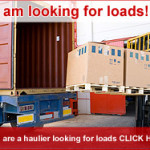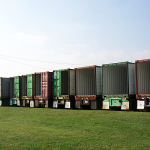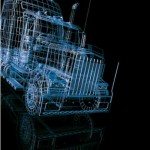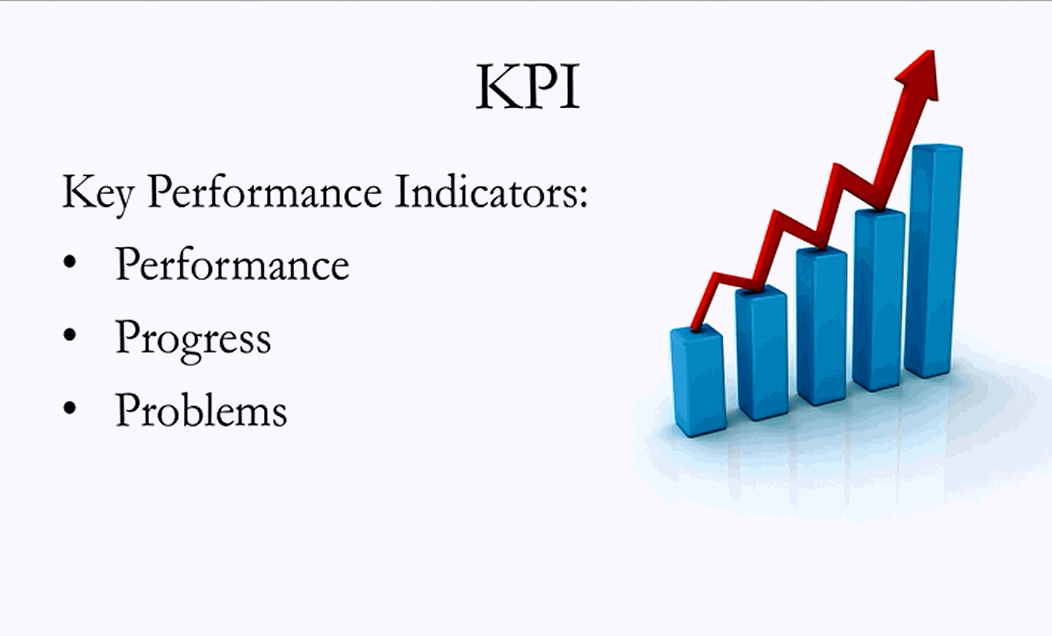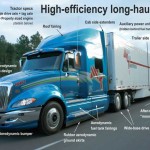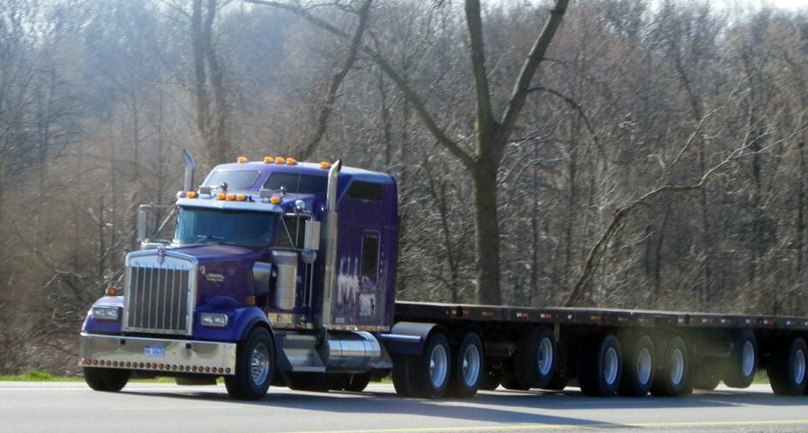
REASONS FOR BACKLOADING
The unethical drivers’ practices facilitated by the empty or partially loaded space on vehicles as earlier enumerated is one clear reason why haulers should formally embrace backloading. The question is why would you create opportunity for leakages or breaches that can be commercial harnessed for the overall financial benefit of your organisation? Or simply put, why leave room for some smart-alecs to capitalize on?
Moreover, the highly competitive nature of the road distribution market provides another strong incentive to eliminate wasteful journeys, minimise costs and satisfy customers. With several new entrants flocking into the industry unabatedly and margins becoming thinner and thinner, it makes a lot of sense for every growth-focused company to maximise all available opportunities.
As pressure increases on the transport industry, operators need to look at different ways of doing business to reduce operating costs, increase efficiency and maintain profitability. Adopting backloading practices is one way of overcoming these pressures and ensuring an efficient and profitable operation. Other reasons are:
State legislations restricting movements of trucks and working time stipulations and the implications for drivers’ hours – The pressures from state legislations and labour law requirement and resultant limitations on drivers’ hours makes it all the more expedient to reduce empty running. You can maximise your drivers’ time by ensuring that they are driving fully loaded vehicles, rather than wasting money by driving empty ones. Collecting a load on a return trip can also save driver time by avoiding the need for some trips altogether.
Vehicle availability – vehicles are valuable and capital-intensive commodities, so it does not make economic sense to have excessive and/or underutilised vehicles in your fleet. However, customer loads cannot be delivered if vehicle availability is limited due to demand or maintenance. Backloading helps to sustain efficient and workable fleet sizes by maximising the use of existing vehicles. Using the spare capacity of returning vehicles to collect loads can free up vehicles for alternative deliveries
Running and standing costs – labour, vehicle purchase/lease, maintenance and fuel costs are constantly rising. The recently adjusted automotive tariff will most assuredly take it a notch higher. Backloading helps you to optimise your operation by:
- Maximising vehicle and driver use
- Reducing fleet mileage and fuel consumption
- Increasing revenue
Partnerships and improved communication – backloading encourages collaboration and exchange of information between operators and suppliers. There is considerable scope for improving operational efficiency if consignors of goods understand the best ways of approaching carriers to move products for them.
The Environment – Environmentally speaking, empty or partially loaded vehicles also add to noise and air pollution, congestion, health problems and accident risks.
WAYS THAT COMPANIES CAN PRACTICE BACKLOADING
Backloading helps to utilise spare capacity by collecting and delivering goods or products on empty or partially loaded return journeys of outbound deliveries. This is achieved by finding loads that need to be moved between similar areas as the two points planned for the returning vehicle. These loads could be returns of your own goods or products from your customer or a third party. What matters is that unproductive journeys are minimised and income is maximized.
Backloads are mainly generated in two ways:
- Internal backloads – These involve collecting and moving your own goods or products on the return leg of a delivery. These are loads that need to be moved as a part of the core activities of your business. Another vehicle would otherwise be required if the goods were not carried on a returning vehicle. This may include return of surplus stock, the movement of re-usable packaging or realignment of inventories between geographically separated depots or warehouses.
- External backloads – These involve carrying the freight of a third party on the returning vehicle of an outbound trip. The spare capacity of the returning vehicle is used to offer a haulage service. As such, the return journey will generate additional income. This may include owner operators carrying products for their customers or haulers finding a load from a shipper near to the location of the outbound delivery.
THOSE THAT CAN PICK-UP BACKLOADS
Almost any freight operation that has spare capacity on the return leg of an outward delivery can pick up backloads.
Backloading is not restricted by operational size and is undertaken by both small and large companies.
However, some types of operation have more flexibility to pick up backloads. For example, it makes little difference what the product is if pallets or flat-beds are used for deliveries on both the outbound and return journeys. In some cases, however, special requirements for the goods being delivered on the outbound journey will restrict opportunities for picking up other loads. For example, transporting refrigerated foods, petroleum products like ethanol and hazardous materials will normally restrict opportunities.
Small and medium-sized haulage operations tend to have a more limited geographical coverage and may therefore have fewer opportunities for networking. Although working in concert with bigger firms could expand that scope.
Own account operators in particular could make much greater use of backloading – perhaps by collecting goods purchased from their own suppliers on return legs of delivery trips, and so either make savings on delivery charges or avoid having to make a special trip to pick up the goods. For example, a beverage manufacturing company could assign an outbound truck making a delivery to any of the northern states to pick some of its farm-grown raw materials on its inward trip.
Picking up backloads has its costs and benefits, meaning that one should not rush into accepting a load until you are convinced of its viability. When deciding whether it is worthwhile to pick up a back-load, it is important to consider:
- Operational requirements e.g. planning and communications due to time constraints
- Commercial requirements e.g. costs, customer service and contractual issues
Three main categories of organisations are involved in, and benefit from, backloading:
- Those with vehicle space to fill – typically haulers and own account operators
- Those with goods to move – typically freight forwarders and shippers
- Logistics companies responsible for both these activities
As more ways of locating backloads are developed, more haulers and own account operators are taking advantage of the benefits.
Backloading is undertaken across a wide selection of sectors and diverse companies including general haulage, agriculture and food distribution.
……To be Continued in Part Three.

